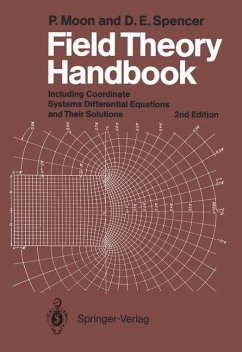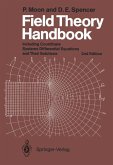

Broschiertes Buch
Including Coordinate Systems, Differential Equations and Their Solutions
2. Aufl.
9. Mai 1988
Springer / Springer Berlin Heidelberg / Springer, Berlin
978-3-540-18430-0
| eBook, PDF | 113,95 € |
Ähnlichkeitssuche: Fact®Finder von OMIKRON


| eBook, PDF | 113,95 € |
Es gelten unsere Allgemeinen Geschäftsbedingungen: www.buecher.de/agb
Impressum
www.buecher.de ist ein Internetauftritt der buecher.de internetstores GmbH
Geschäftsführung: Monica Sawhney | Roland Kölbl | Günter Hilger
Sitz der Gesellschaft: Batheyer Straße 115 - 117, 58099 Hagen
Postanschrift: Bürgermeister-Wegele-Str. 12, 86167 Augsburg
Amtsgericht Hagen HRB 13257
Steuernummer: 321/5800/1497
USt-IdNr: DE450055826
Bitte wählen Sie Ihr Anliegen aus.
Rechnungen
Retourenschein anfordern
Bestellstatus
Storno